Gigantiops destructor
1799,90 zł
Worldwide shipping
Free delivery over 500 PLN
The highest quality of goods
Live delivery guarantee
24/7 Personal Support
Fair Prices
Description
Gigantiops destructor is a monogynous ant species with a colony size of up to 300 workers. They have a medium development rate and the queen measures 13-15mm while the workers measure 10-15mm. They are black in color and their nutrition consists of food insects, syrup, and sweet fruit. They thrive in humid environments, with an arena humidity of 70-80% and nests at 70-90%.
Additional information
| Behavior | |
|---|---|
| Difficulty in breeding | |
| Origin | |
| The size of ants | |
| Wintering |
Gigantiops destructor
Gigantiops destructor is a fascinating ant species known for its unique characteristics and behavior. In this product description, we will explore the various aspects of Gigantiops destructor, including their colony type, size, nutrition, environmental requirements, and recommended nests for breeding.
Colony Type: Monogyny
Colony Size: Up to 300 workers
Development Speed: slow
Size and Color:
- Queen: 13-15 mm
- Workers: 10-14 mm
All individuals of this species are black, adding to their distinctive appearance.
Nutrition
- Food insects (such as cockroaches and crickets) dead, or live if colony is big
- Syrup (a mixture of water and honey or sugar, with a ratio of 4/3 water:1)
- Fruits and vegetables
- Jelly
- Honey
Don’t forget to check out our food products to ensure a well-balanced diet for your colony!
Humidity and Temperature:
- Humidity: Arena: 70-80%, Nest: 70-90%
- Temperature: Arena: 22-30 °C, Nest: 23-27 °C
Characteristics of the Species
Gigantiops destructor ants possess distinctive features that set them apart from other ant species. One notable characteristic is their gargoyle eyes, which contribute to their excellent eyesight. This exceptional vision allows them to navigate their surroundings with ease.
Intriguingly, Gigantiops destructor ants have the ability to jump short distances, adding a unique aspect to their movement and foraging behavior. Observing their agile movements can be both fascinating and entertaining.
Another interesting aspect of Gigantiops destructor ants is their diurnal hunting behavior. Unlike some other ant species that are active during the night, Gigantiops destructor ants prefer to hunt and forage during the day. This diurnal activity pattern provides an opportunity for enthusiasts to observe their behavior and interactions.
Recommended Nests for Breeding
Choosing the right nest for breeding Gigantiops destructor ants is crucial for their well-being and successful colony development. As a general recommendation, nests made of acrylic, cork, plaster, or aerated concrete are suitable choices. These materials provide a comfortable and secure environment for the ants, facilitating their natural behaviors and allowing for easy observation.
Acrylic nests offer transparency, enabling ant keepers to view the intricate nest architecture and activities inside. Cork and plaster nests provide a more naturalistic look while ensuring a suitable microclimate for the ants. Aerated concrete nests offer excellent insulation and moisture control, mimicking their natural habitat conditions.
In Conclusion
Gigantiops destructor ants are truly remarkable creatures with their unique characteristics and behavior. From their monogynous colony structure to their gargoyle eyes and diurnal hunting behavior, these ants offer a captivating experience for enthusiasts and hobbyists interested in observing and keeping them.
Providing the right nutrition, maintaining the appropriate environmental conditions, and choosing suitable nests are key factors in successfully breeding Gigantiops destructor ants. By understanding and meeting their specific requirements, you can create a thriving and fascinating ant colony that will captivate and educate those who have the pleasure of observing these incredible creatures.



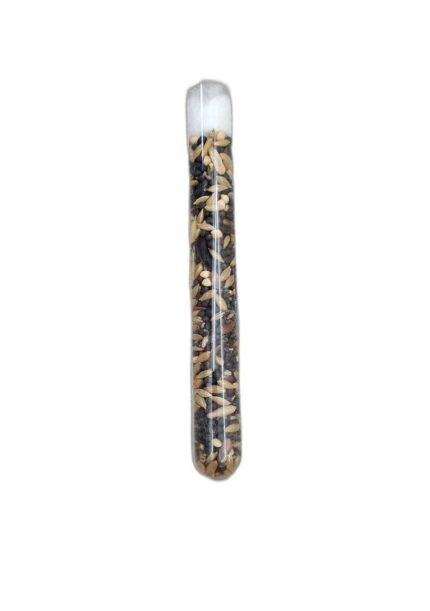
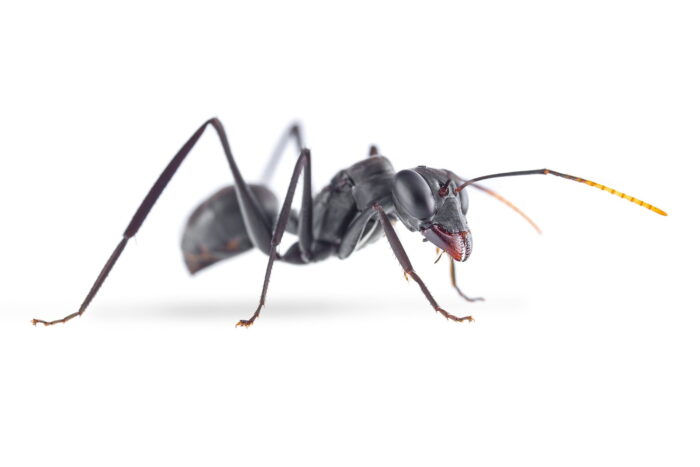

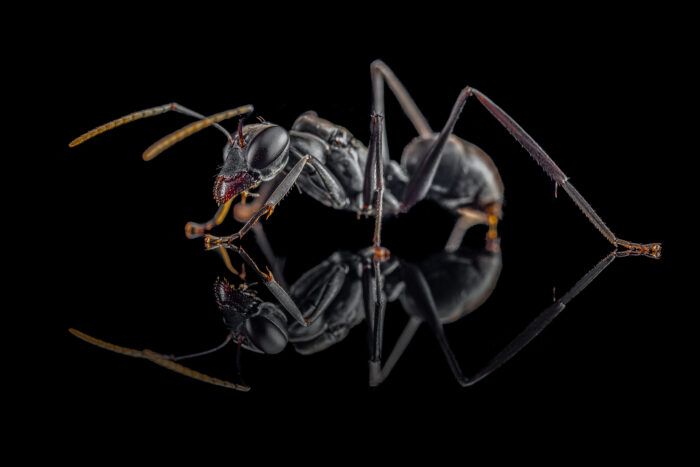
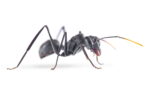
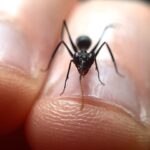

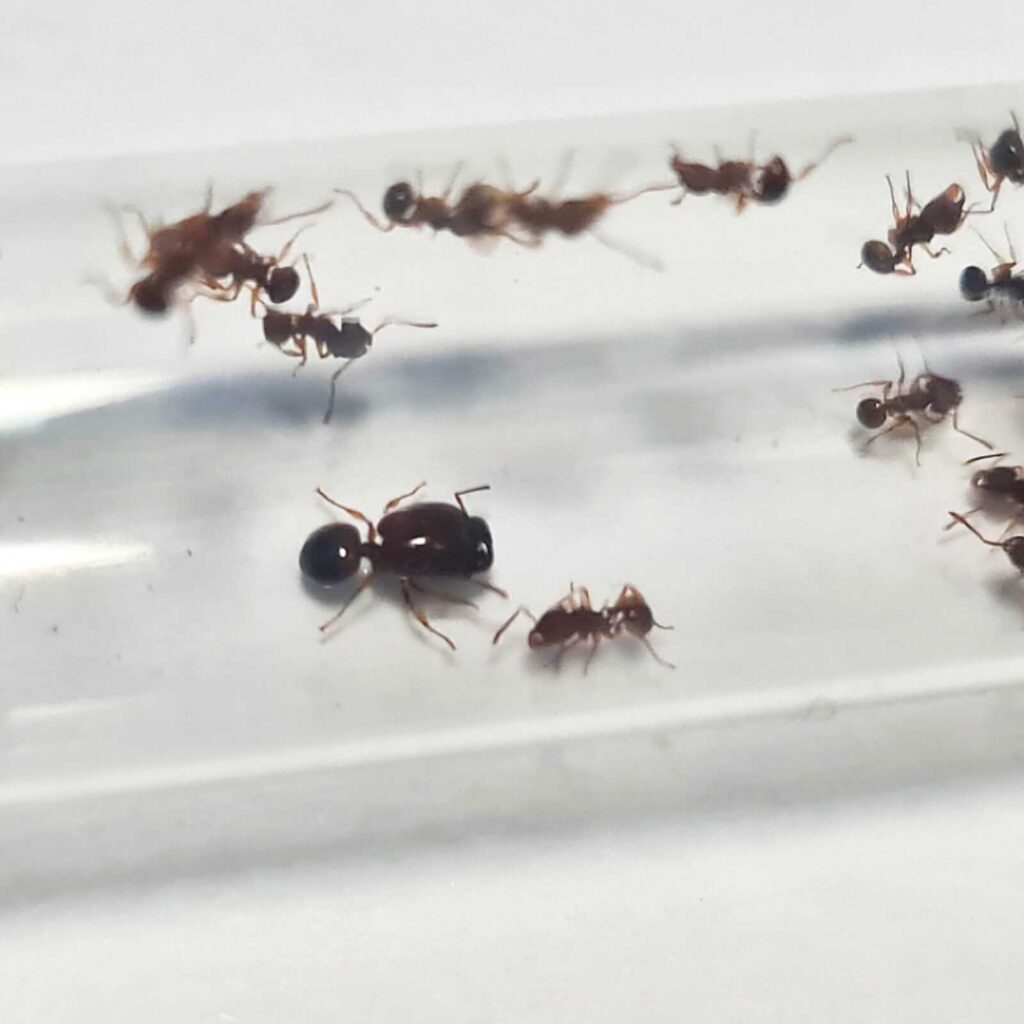
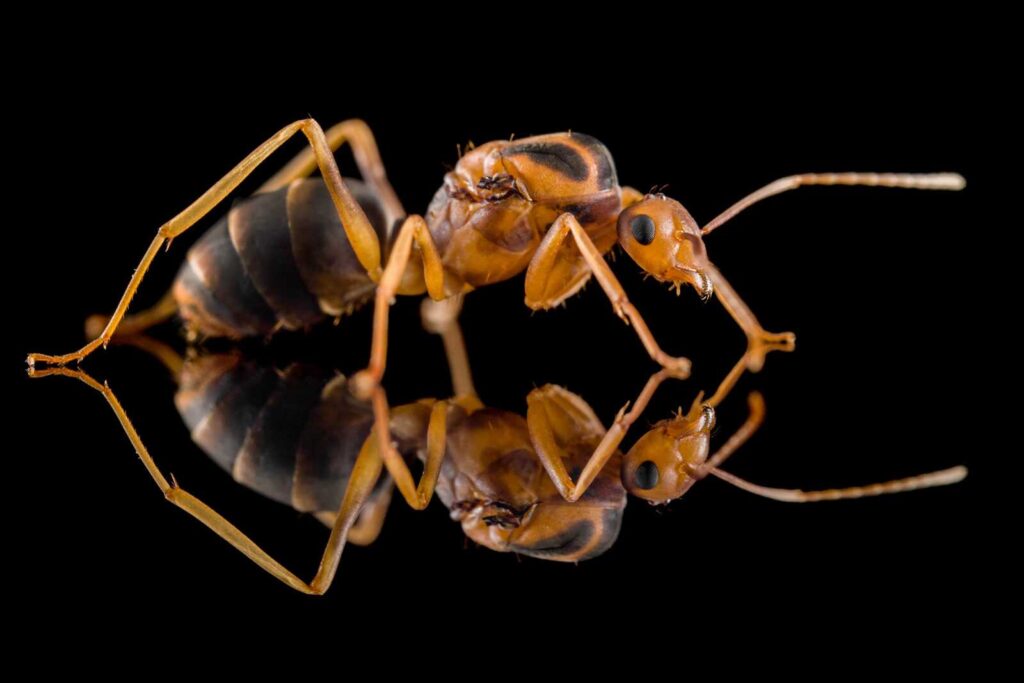

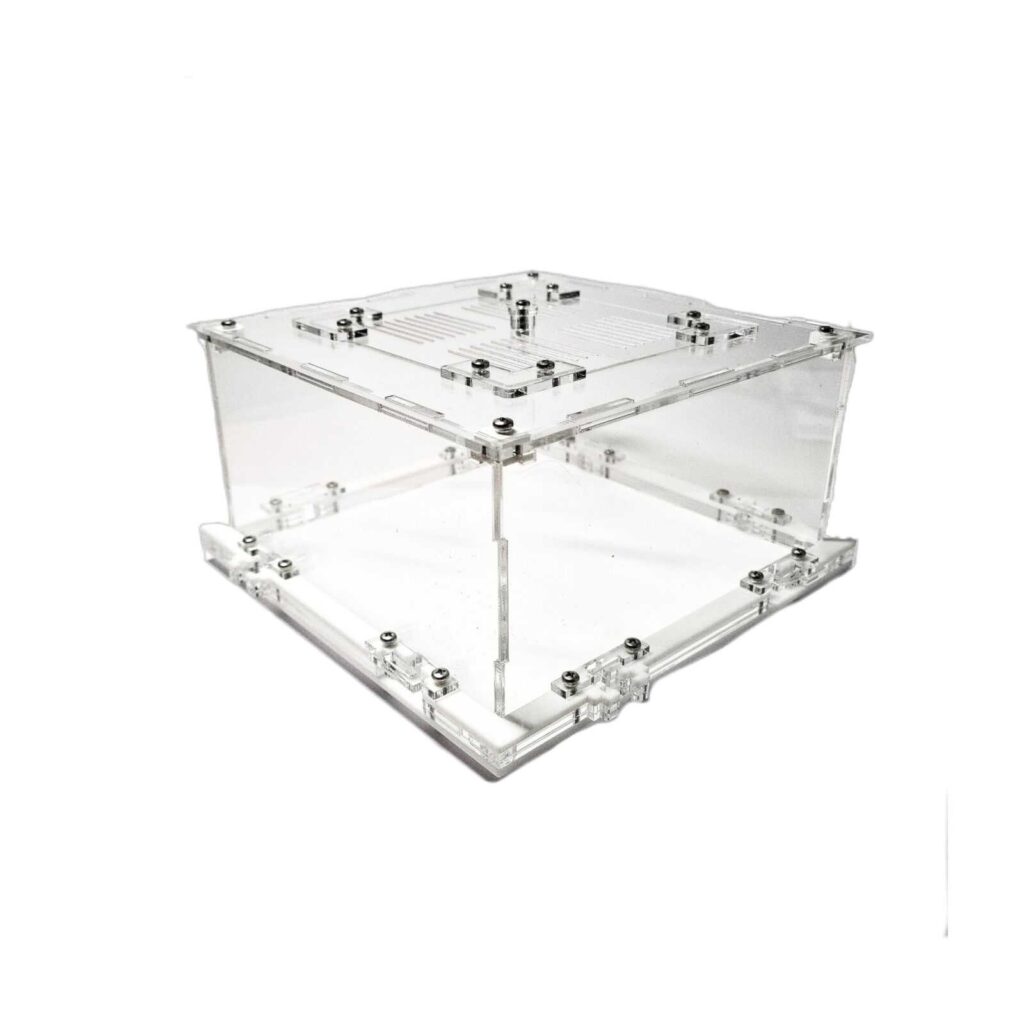


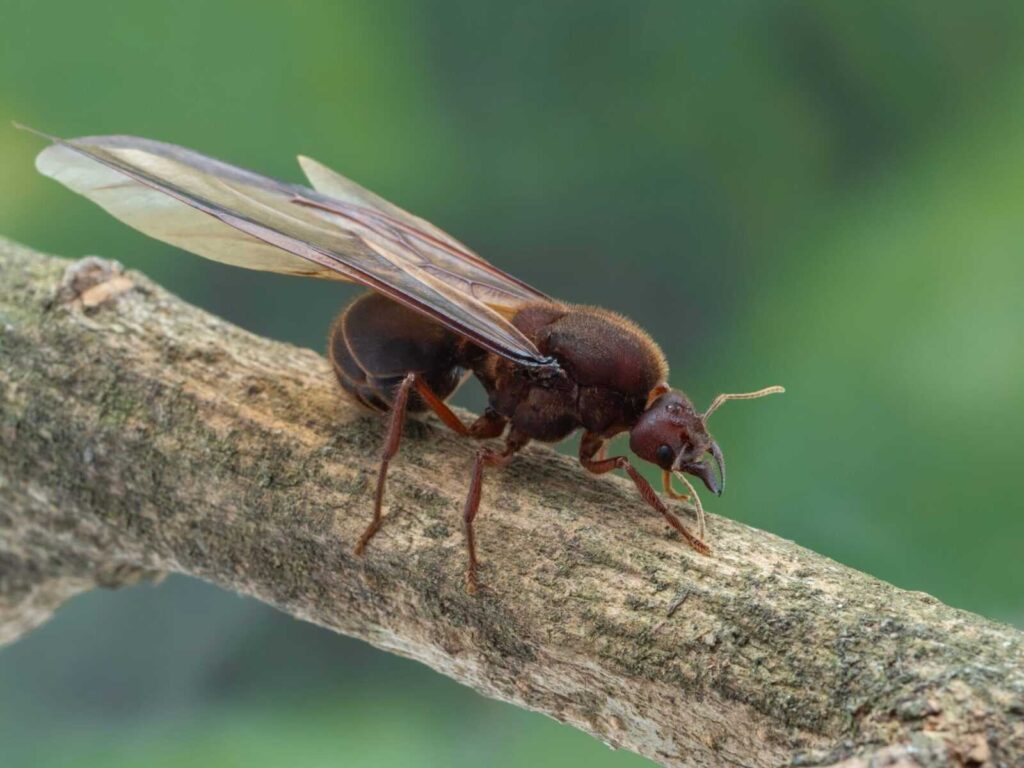
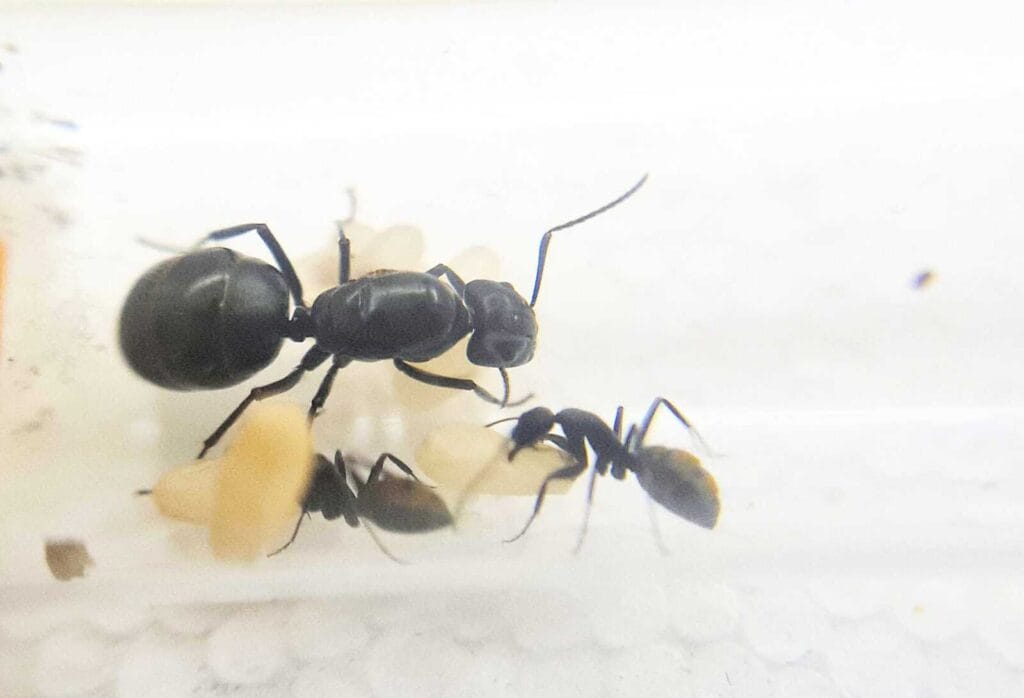
There are no reviews yet.